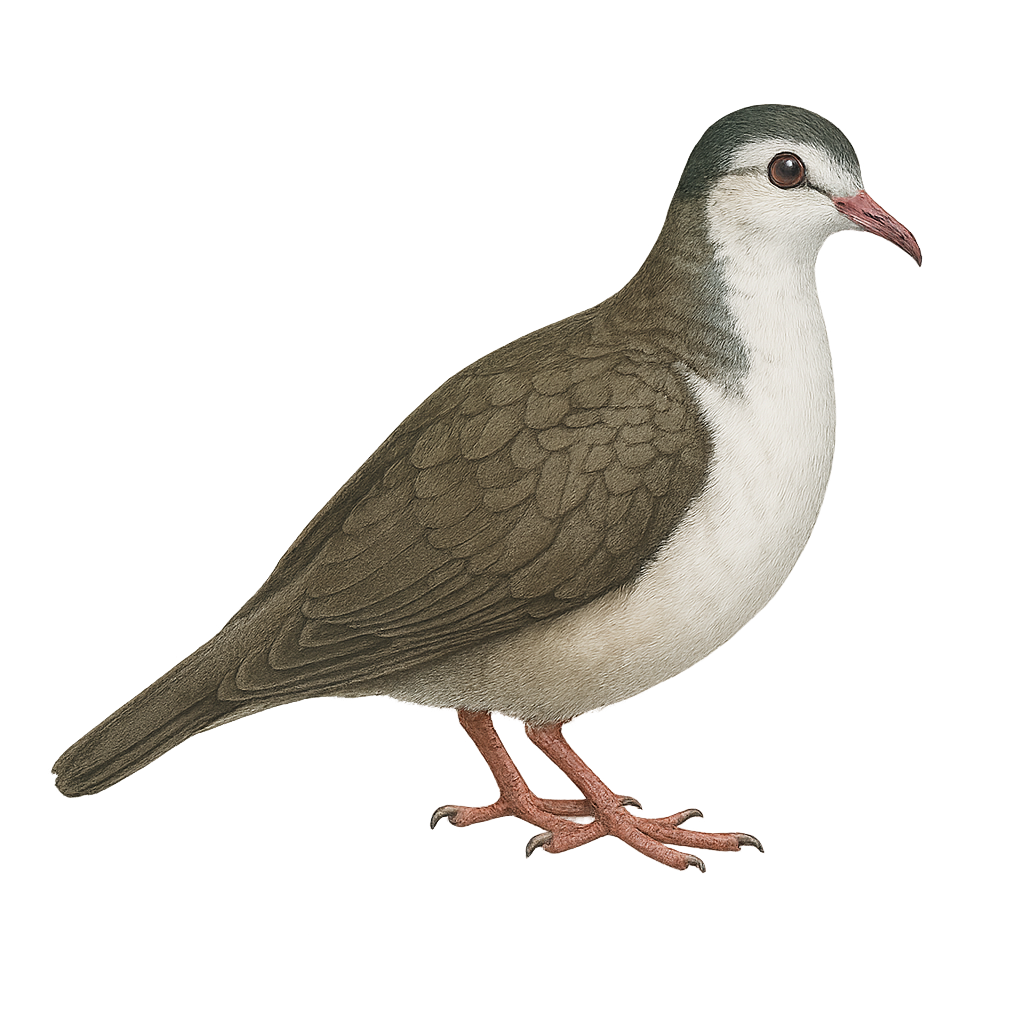Your wildlife photography guide.
Explore the tambourine dove in detail, study its behavior, prepare your shots.
Where to observe and photograph the tambourine dove in the wild
Learn where and when to spot the tambourine dove in the wild, how to identify the species based on distinctive features, and what natural environments it inhabits. The WildlifePhotographer app offers tailored photography tips that reflect the tambourine dove’s behavior, helping you capture better wildlife images. Explore the full species profile for key information including description, habitat, active periods, and approach techniques.
Tambourine Dove
Scientific name: Turtur tympanistria

IUCN Status: Least Concern
Family: COLUMBIDAE
Group: Birds
Sensitivity to human approach: Suspicious
Minimum approach distance: 10 m
Courtship display: September to October
Incubation: 13-15 jours
Hatchings: September to November
Habitat:
Tropical forests, wooded savannas, agricultural areas
Activity period :
Primarily active during the day, with peak activity in the morning and late afternoon.
Identification and description:
The Tambourine Dove, Turtur tympanistria, is a medium-sized pigeon known for its pinkish-brown plumage and black-spotted wings. It is primarily found in sub-Saharan Africa, inhabiting tropical forests, wooded savannas, and agricultural areas. Its call, a soft and repetitive cooing, is often heard at dawn and dusk. This species is monogamous, forming lasting pairs. It feeds mainly on seeds, small fruits, and insects. Although its habitat is threatened by deforestation, it remains relatively common and adaptable.
Recommended lens:
400 mm – adjust based on distance, desired framing (portrait or habitat), and approach conditions.
Photography tips:
To photograph the Tambourine Dove, it is advisable to use a telephoto lens of at least 400mm to capture sharp images from a distance. Look for it in tropical forests or wooded savannas, where it is often active during the day. Be patient and discreet to avoid scaring it away, and aim for morning or afternoon hours to benefit from soft, natural light.
The WildlifePhotographer App is coming soon!
Be the first to explore the best nature spots, track rutting seasons, log your observations, and observe more wildlife.
Already 1 430 wildlife lovers subscribed worldwide

